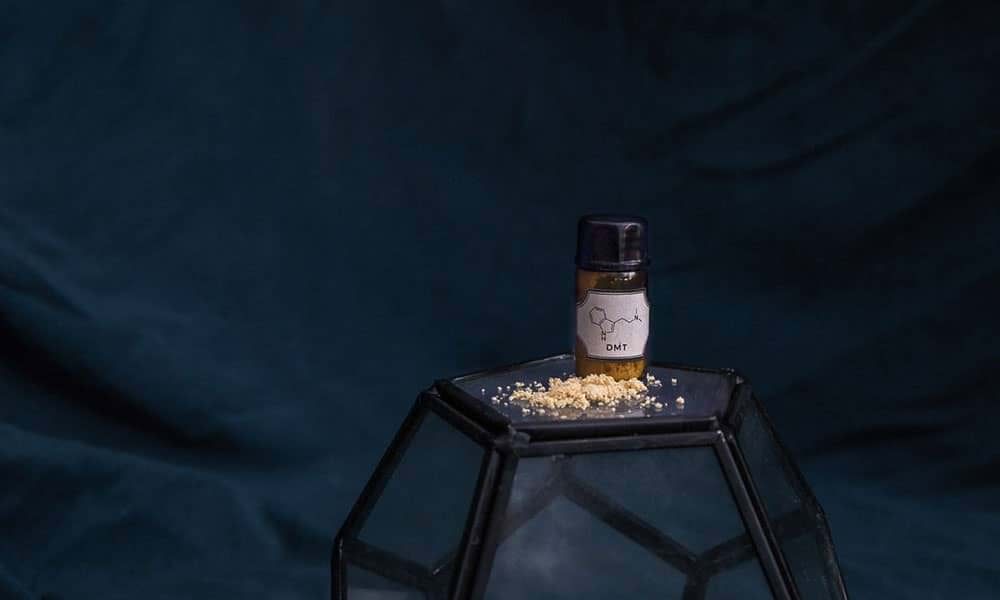There are 23 million people who are dealing with addiction in the country, many of whom don’t quit the substance they abuse because of how hard withdrawal is. The process of DMT withdrawal and detox is a long and challenging road and without knowing what to expect, recovery is next to impossible.
Here is everything you need to know about DMT withdrawal and detox.
What Causes DMT Withdrawal?
The causes for DMT withdrawal are mostly linked to your body’s comfort with using DMT and the way your brain’s chemicals react to it. To function without DMT, your brain’s activity has to readjust. Because taking DMT causes intense psychedelic reactions, the impact is long-lasting and ripples throughout your brain’s basic functions.
The more frequently you use a drug, the stronger your body’s reaction is going to be. If you use it for a long time, it causes brain damage as it requires your brain to fire differently than it would normally. Use it regularly and your brain may feel that it can’t function without the drug.
A detox program is your best bet for dealing with DMT withdrawal. Whether it’s a detox program based around a self-driven motivation or one built by a detox facility, without a plan, detox is going to fail.
If your aim is to stop using the drug, you need to find a safe and comfortable place to kick the habit. The time, money, and energy spent on the drug is a worthwhile result, but to get there, you need to go through withdrawal and detox.
DMT Withdrawal Symptoms
When you’re going through withdrawal, every symptom is likely to be linked to a psychological impact. It’s very rare for hallucinogens to cause physical symptoms. However, without supportive care, it’s difficult to get over the problems that accompany withdrawal when you’re no longer using DMT.

if you were a chronic user of the drug, expect lots of cravings. People who take it every weekend or more often are the most likely candidates for cravings. While it’s fun for some people to use once in a while or at a party, once those cravings start, it’s common for people to find ways to use it during the work week.
If you’ve been using it for a long time, your hallucinations are likely to stick around or return suddenly. Hallucinogen Persisting Perception Disorder or HPPD is caused when hallucinogen use becomes frequent or chronic. When this happens, you end up feeling the psychoactive impact of DMT without using the drug.
Even with no physical symptoms, the withdrawal process is a challenge. When someone is looking to quit a drug permanently, withdrawal is probably one of the most common reasons people relapse.
DMT Withdrawal Timeline
DMT withdrawal is one of the most overlooked elements of going through a recovery process. Without a drug in your system that its used to taking, your body reacts harshly. The dependency that addiction creates is usually both psychological and physical and its impacts are felt over a few weeks.
In the first three days, withdrawal symptoms appear in a mild sense. There aren’t any major physical withdrawal effects of DMT, so unless you’ve paired it with other drugs or other activities, everything should be in your head. You’ll start by feeling anxious or unhappy with some cravings for the drug.
From the four day period to the ten-day period, the symptoms should have peaked. Beyond the seven-day mark, it’s rare for you to have the save severe hallucinations that you’re more likely to have earlier. However, during this period, cravings for the drug return, driving many people to use it again.
Right around the 10-day to more than two weeks later, the symptoms should have subsided. The one problem that’s most likely to linger is the depression related to the withdrawal. Talk to a doctor or a treatment facility if you can’t manage the feeling easily.
Detoxing From DMT on Your Own
While it’s not as dangerous to detox from DMT on your own than it is to try it with other drugs, it’s important that you do it right. If you’re going to try to detox without medical help, contact friends and family who you trust. you’re going to need them.
Most of the symptoms of DMT detox are emotional and psychological. you’re going to need to have a strong support network around you, with people who make you feel good.
Check in with them daily and remind them to check in with you. It’s vital to talk through your feelings as they impact you. Without a support network, it’s hard to get through a DMT detox and survive the cravings.
Medical Detox For DMT
If someone is dealing with acute DMT intoxication, the detoxification is necessary to get rid of all the traces of DMT in the body. This is a challenging process when there’s no support program or someone is in a negative environment. To ensure that the detoxification is bearable and comfortable, supervision is required.
One of the ways to manage detox is with the help of medication. There aren’t any medications that are specifically made to help with DMT, but some sedatives and antidepressants mitigate the negative feelings. Benzodiazepine controls anxiety and alleviates agitation that comes with
DMT Withdrawal is a Challenging Process
Getting over any kind of addiction takes time and effort. Without committing to the challenge of going through DMT withdrawal and detox, it’s likely that cravings and psychological systems result in a relapse.
If you’re helping a loved one, check out our guide for how to run an intervention properly.

